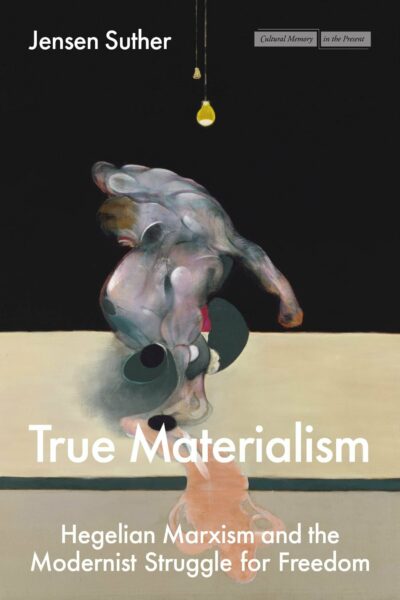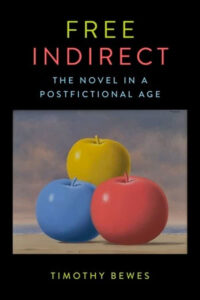
Mystic Realism
During the Vietnam War, Allan Sekula sought to renovate social realism, a practice he associated with Lewis Hine, whom he called a “realist mystic.” Sekula objected to representations of social misery that make reference to religious iconography. Against Sekula, I argue that Hine’s practice illuminates the indispensability of idealizing means to political identification with or confrontation by a solidaristic “we.” The question remains: How to secure the benefit of a beatifying tradition of religious representation without world-transcending implications? How to produce an adequate social analysis without the dispassion of objectivity?












